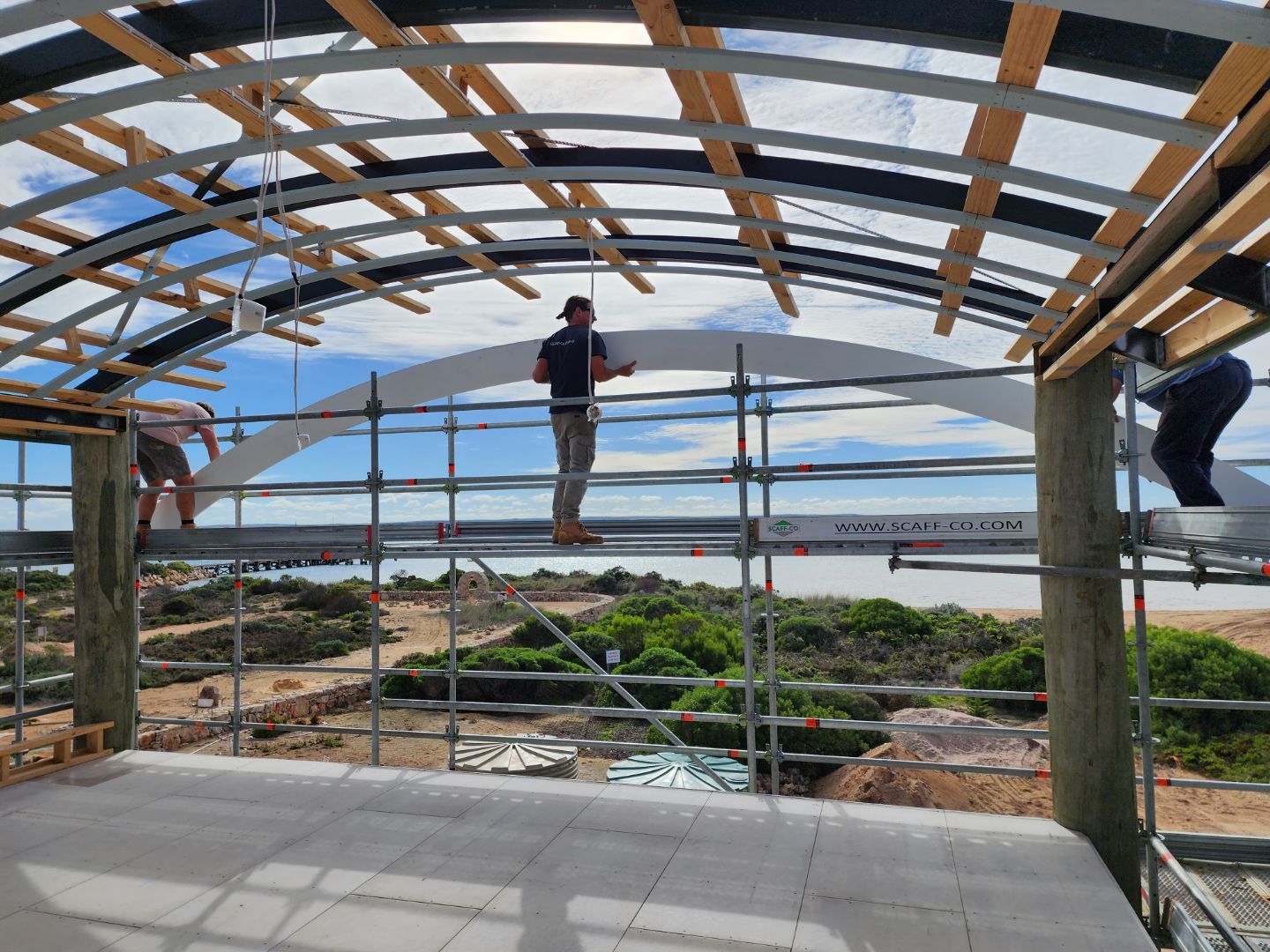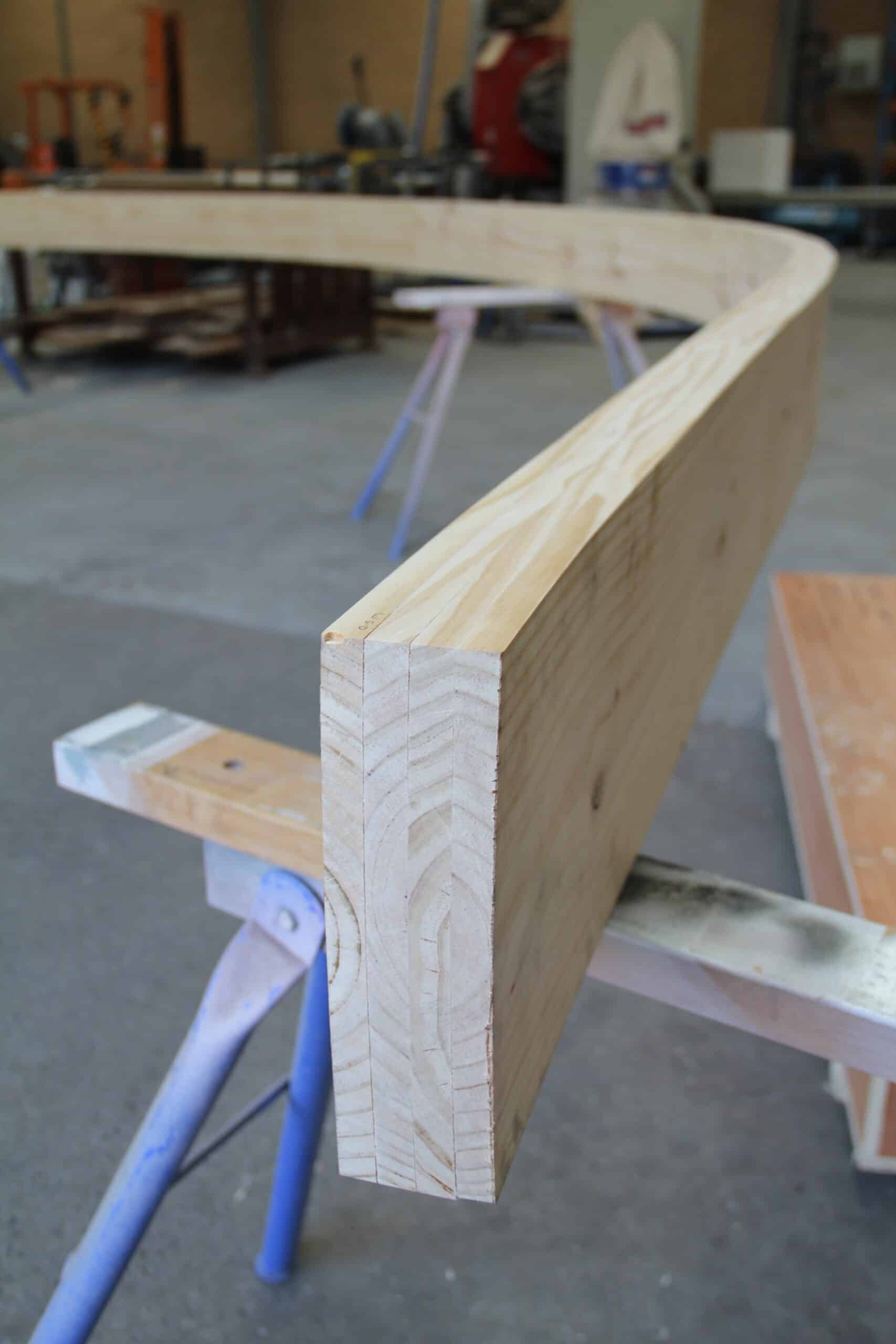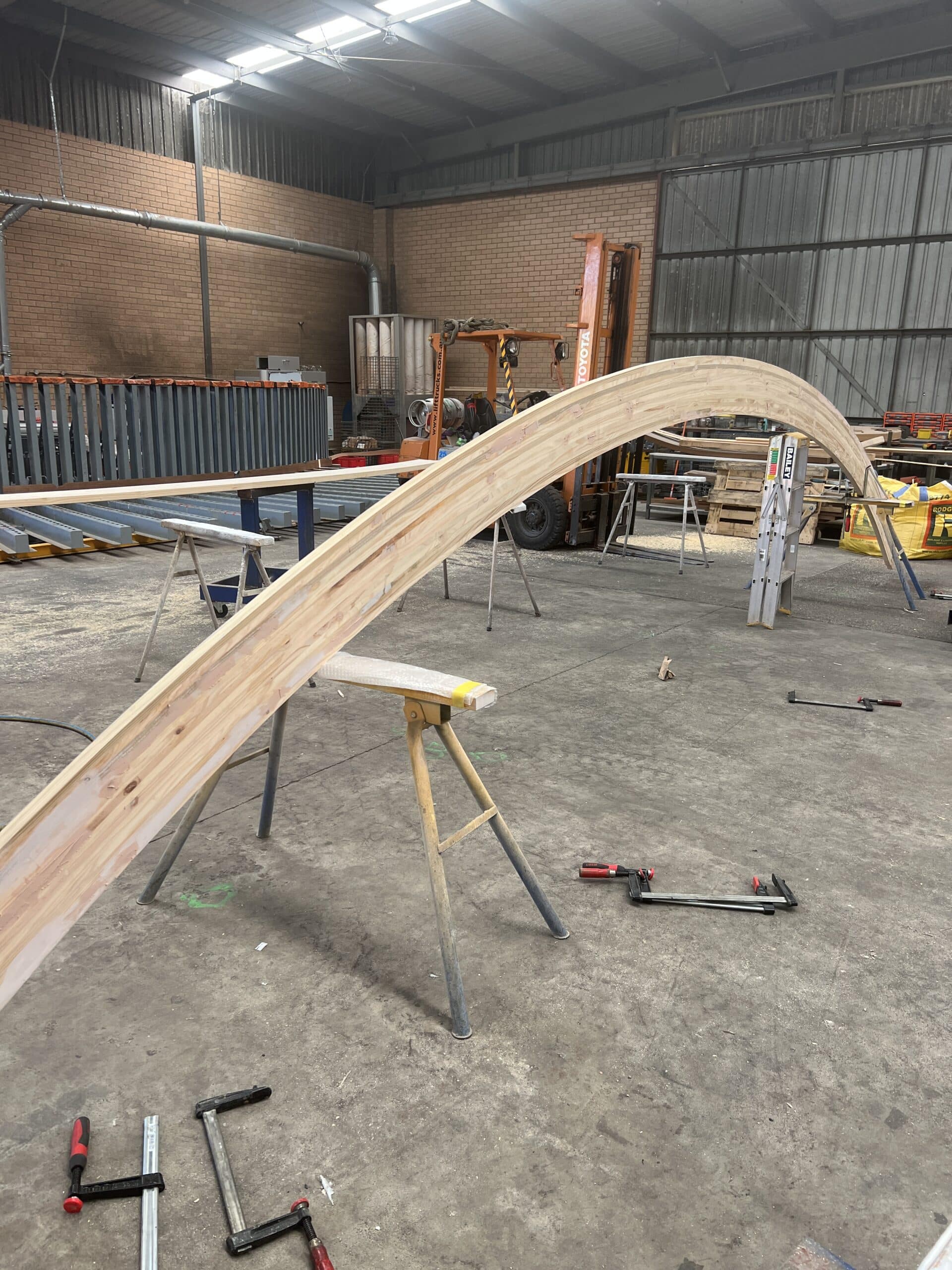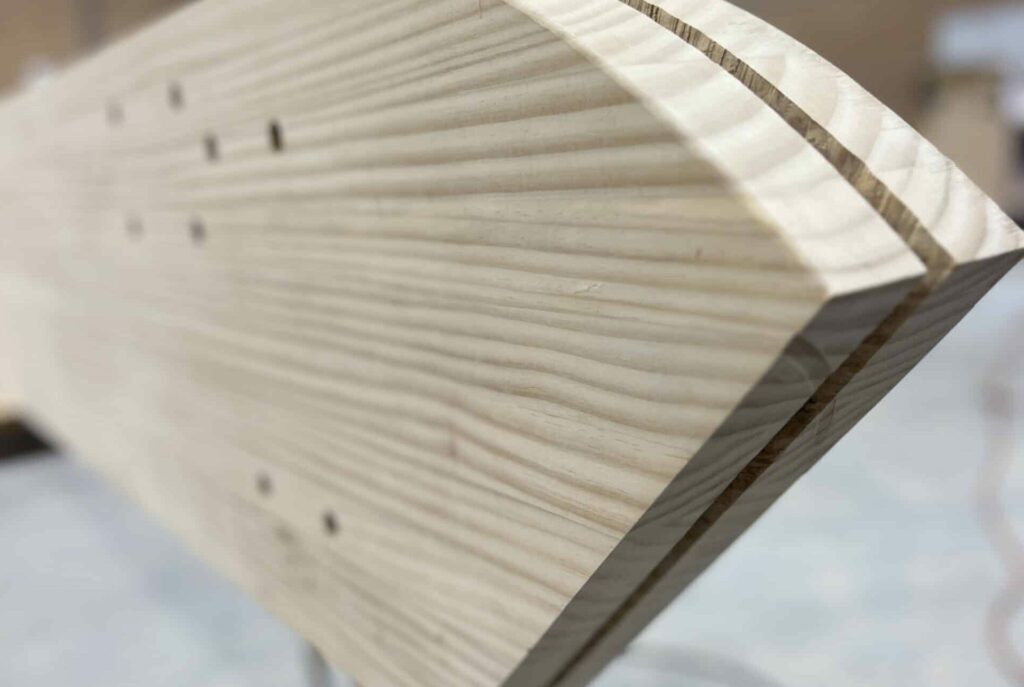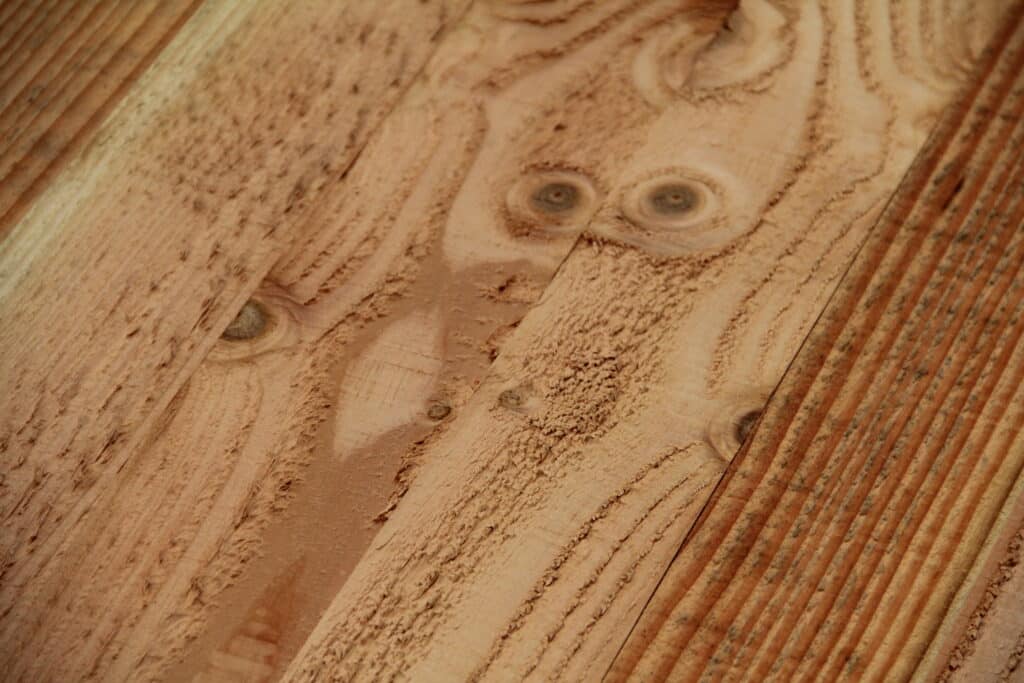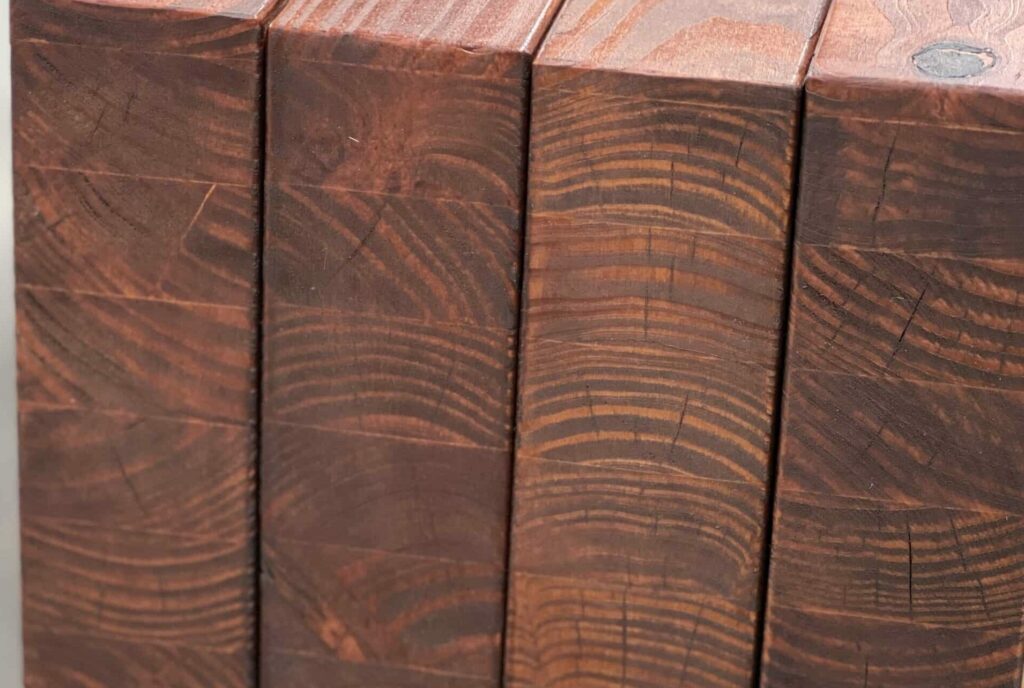Curved Glulam Solutions
The Power of Curves in Timber and Construction
Curved glulam elements bring a unique and visually striking component to construction projects, enhancing both structural and aesthetic qualities. Here are several ways in which curved glulam elements contribute to a project’s distinctiveness:
Curved Formwork Manufactured using Structural Ply
The use of curved formwork assisted in the realisation of this unique wave like roof design. Builders and architects can explore new possibilities and push the boundaries of what is structurally and aesthetically achievable with custom glulam solutions.
